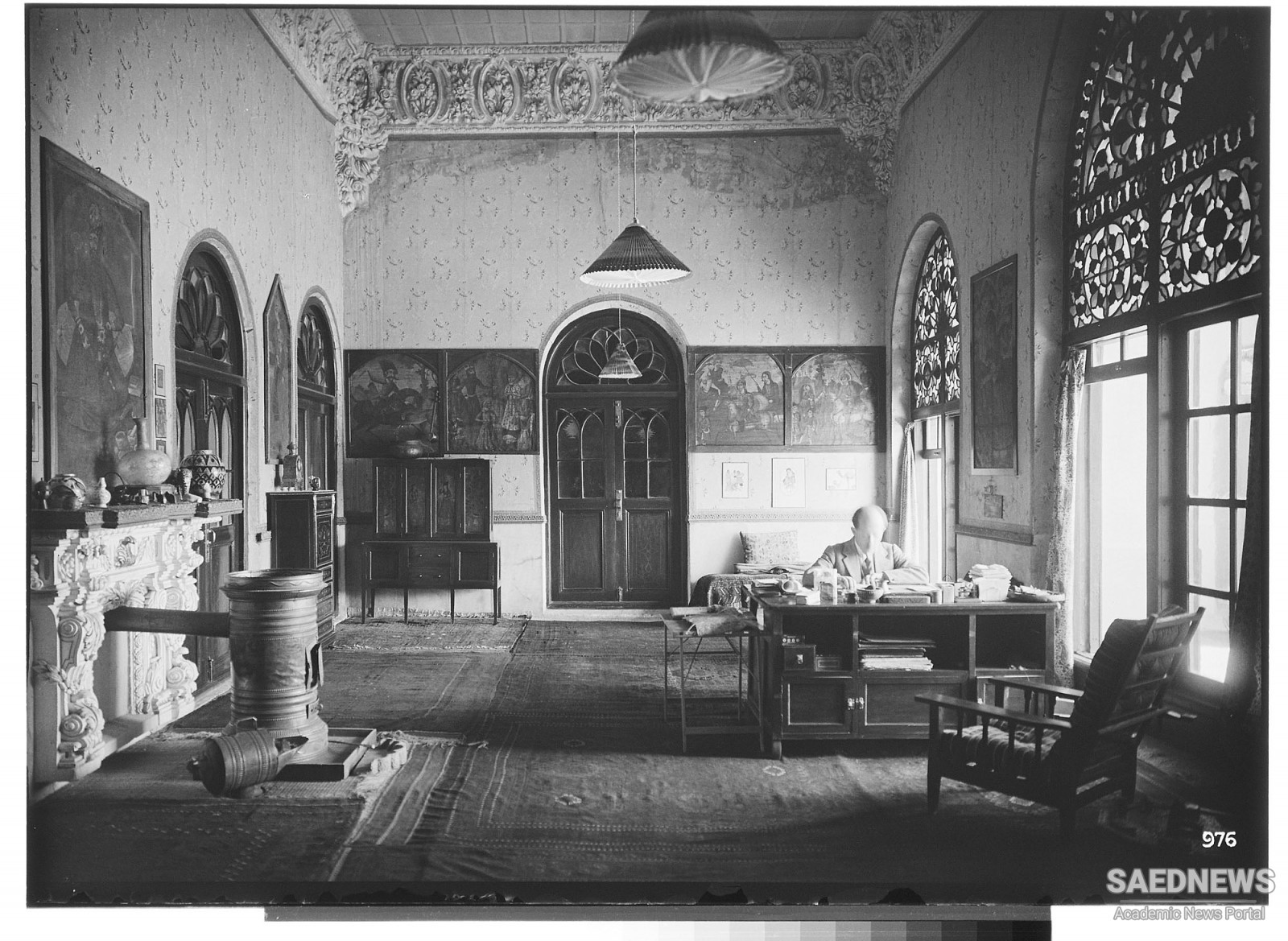HERZFELD, ERNST EMIL (1879–1948), archaeologist and Orientalist. Herzfeld, born in Celle, Germany, became director of the Seminar fuer Landes und Altertumskunde des Orients in Berlin, and was professor at the University of Berlin from 1920 to 1935. He took part in many excavations, and directed several of them, including those at Ashur (1903–05), Mariamlik, and Coricos in Cilicia (1907); Samarra in Iraq (1910–13; 1931); Pasargadae (1928); Kukh-i-khawaja in Sistan (1929); and Persepolis (1931–35).
In the mid-1930s he emigrated to the United States, where he became professor at the Institute of Advanced Studies at Princeton. Herzfeld laid the foundations for Arab archaeological research in Iraq and the archaeology of Persia of all periods. He was also among the planners and editors of Matériaux pour un Corpus Inscriptionum Arabicarum (1903). His publications include Iranische Felsreliefs (with F. Sarre, 1910), Archaeologische Reise im Euphrat- und Tigris-Gebiet (4 vols., 1911–20), Die Aufnahme des Sasanidischen Denkmals von Paikuli (with F. Sarre, 1924), Die Keramik von Samarra (with F. Sarre, 1925), A New Inscription of Xerxes (1932), Iranische Denkmaeler (4 pts., 1932–33), Archaeological History of Iran (1935), Imām Zāde Karrār at Buzun, a Dated Seldjuk Ruin (with M.B. Smith, 1935), Altpersische Inschriften (1938), Zoroaster and his World (2 vols., 1947), Geschichte der Stadt Samarra (1948), Monuments et inscriptions d'Alep (1947), and The Persian Empire… (1968).


 Hanns Peter Schmidt
Hanns Peter Schmidt














































